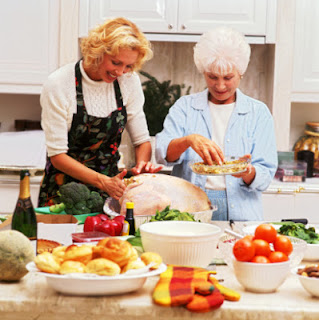Indiana may not be the first state that comes to mind when you think of wine, but it could be. Our state is home to 69 wineries, including two that also offer craft breweries and one that operates a distillery that produces craft brandy.
Huber Winery in Starlight, Indiana produces wine and craft brandy.
Indiana’s oldest winery is Oliver Winery in Bloomington and its newest is Carpenter Creek Cellars in Remington. William Oliver, a professor at IU, began making wine as a hobby in the 1960s. His production grew (literally), the Indiana Small Winery Act passed in 1971, and the rest is Indiana wine history. Oliver Winery is now one of the largest wineries in the eastern U.S. and the Indiana wine industry continues to expand. In fact, Carpenter Creek Cellars was just added last Friday!
Malena Zook enjoys a glass of wine Oliver Downtown.
Have you tried on Traminette? Indiana’s signature wine is made from a hybrid grape bred specifically to grow well in Indiana’s sometimes harsh climate (last Sunday anyone?).
Traminette, Indiana’s signature wine
One of the largest wine competitions and a very popular wine festival both call Indiana home. Indy International is held each July and August each year. It is the largest scientifically organized and independently run wine competition in the world. Nearly 3,000 entries were judged last year.
Bottles are lined up and judged by 50 judges in the Indy International Wine Competition.
The 14th annual Vintage Indiana wine festival will be held on June 1st in downtown Indianapolis this year. Bring the family for a day filled with wine, food, live music, and activities for the kids!
As you can see, Indiana has lots to wine about :) . So go check out this map of all of Indiana’s wineries, visit, and let us know what you think!


























